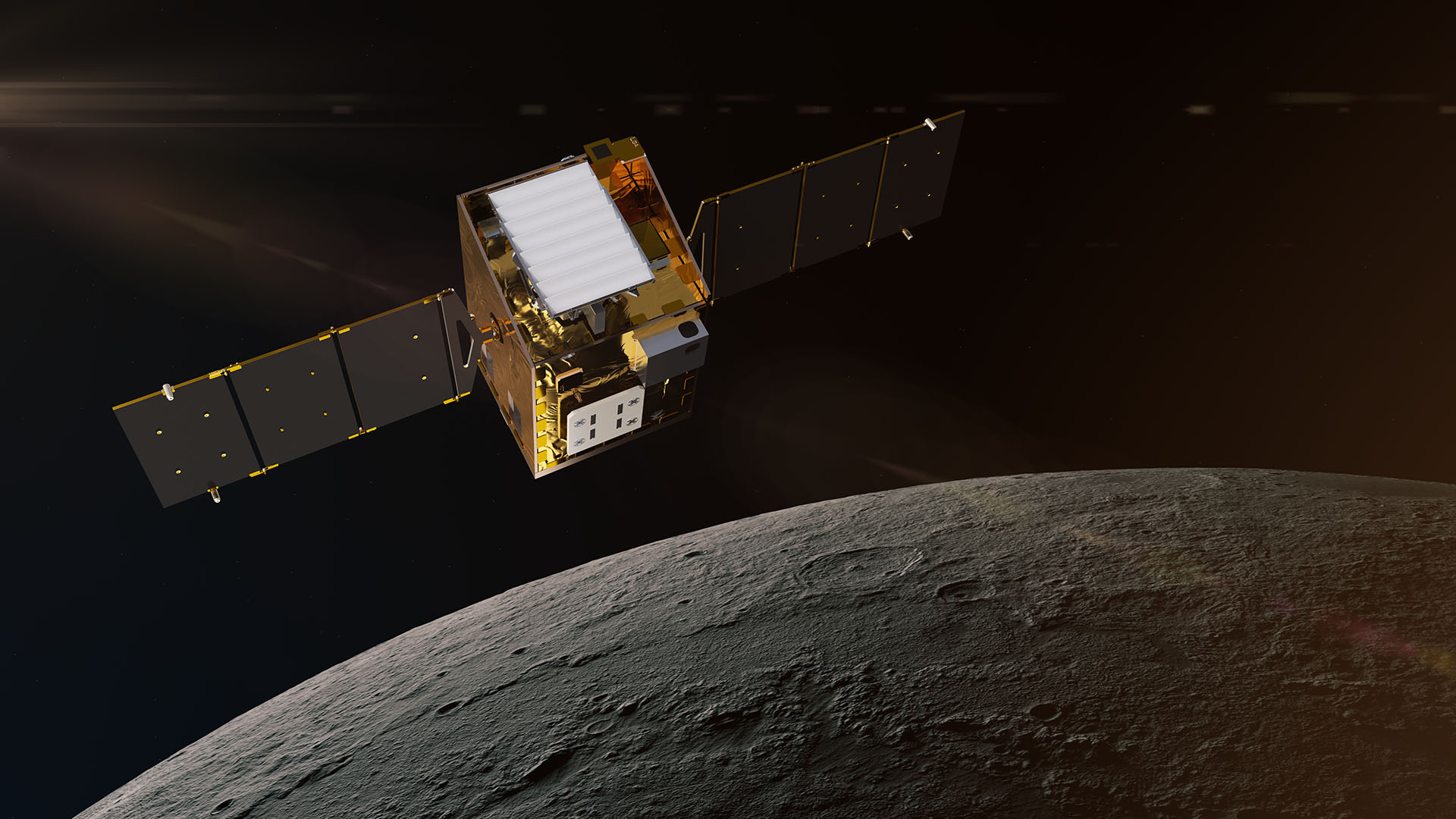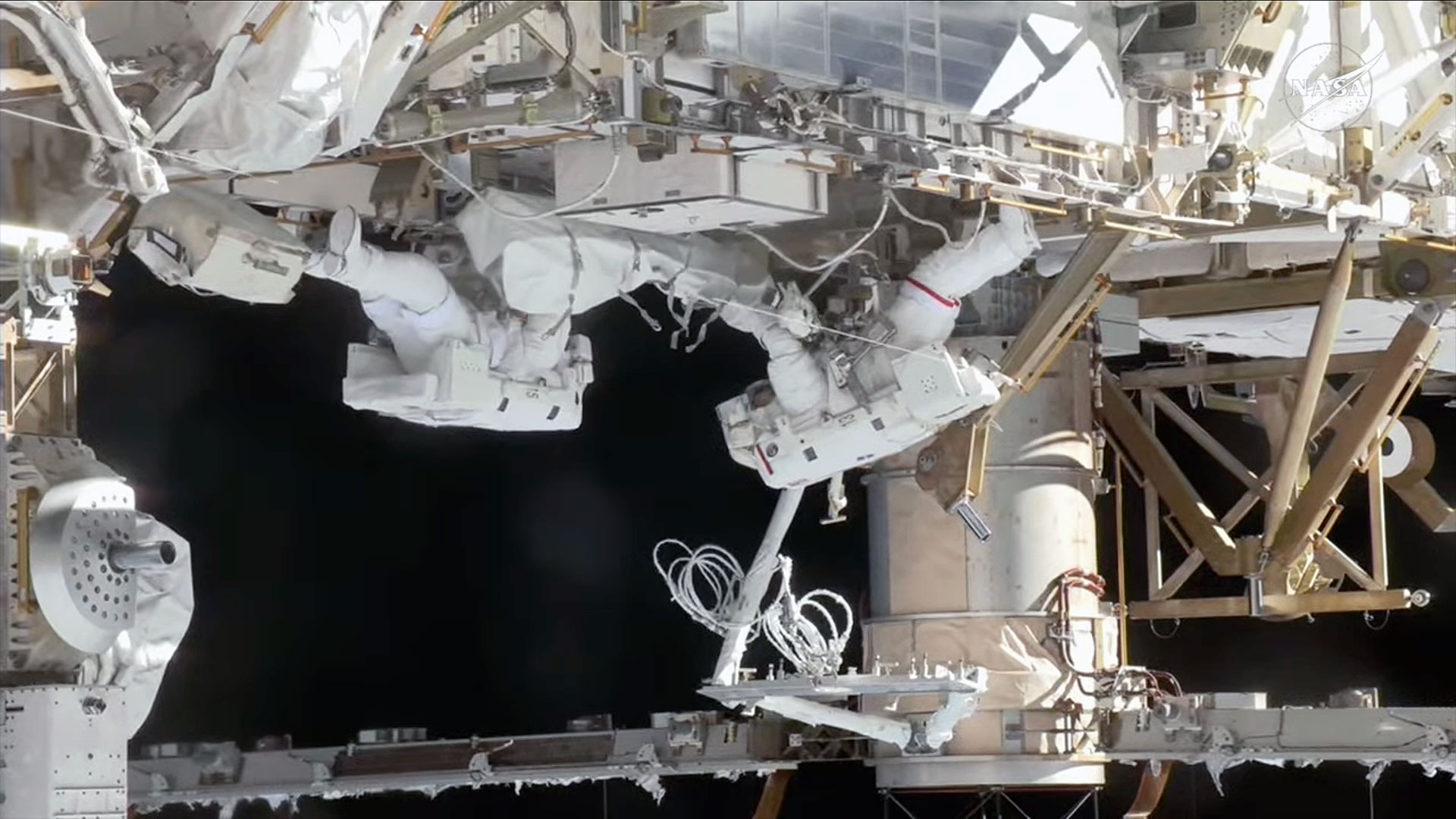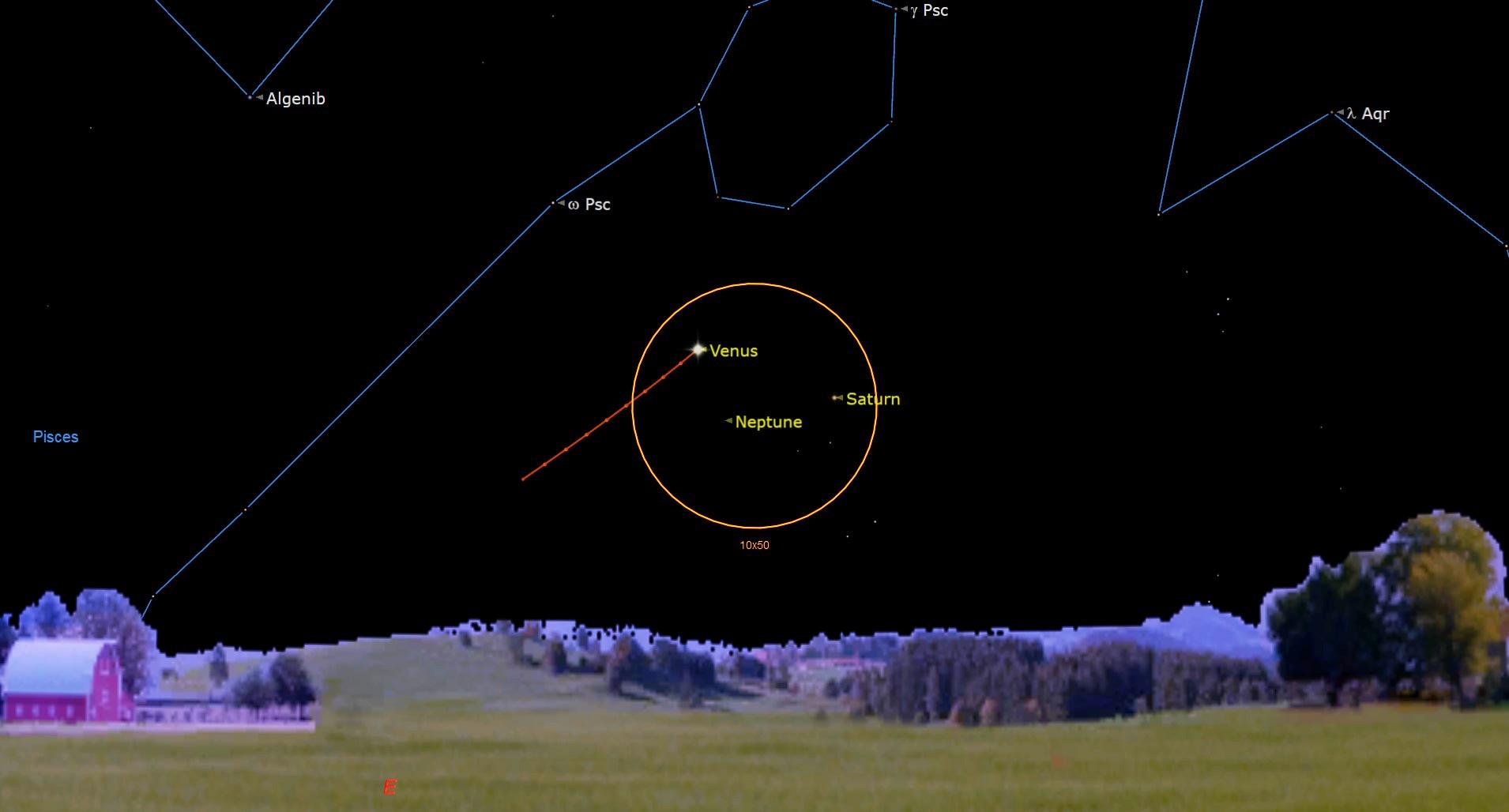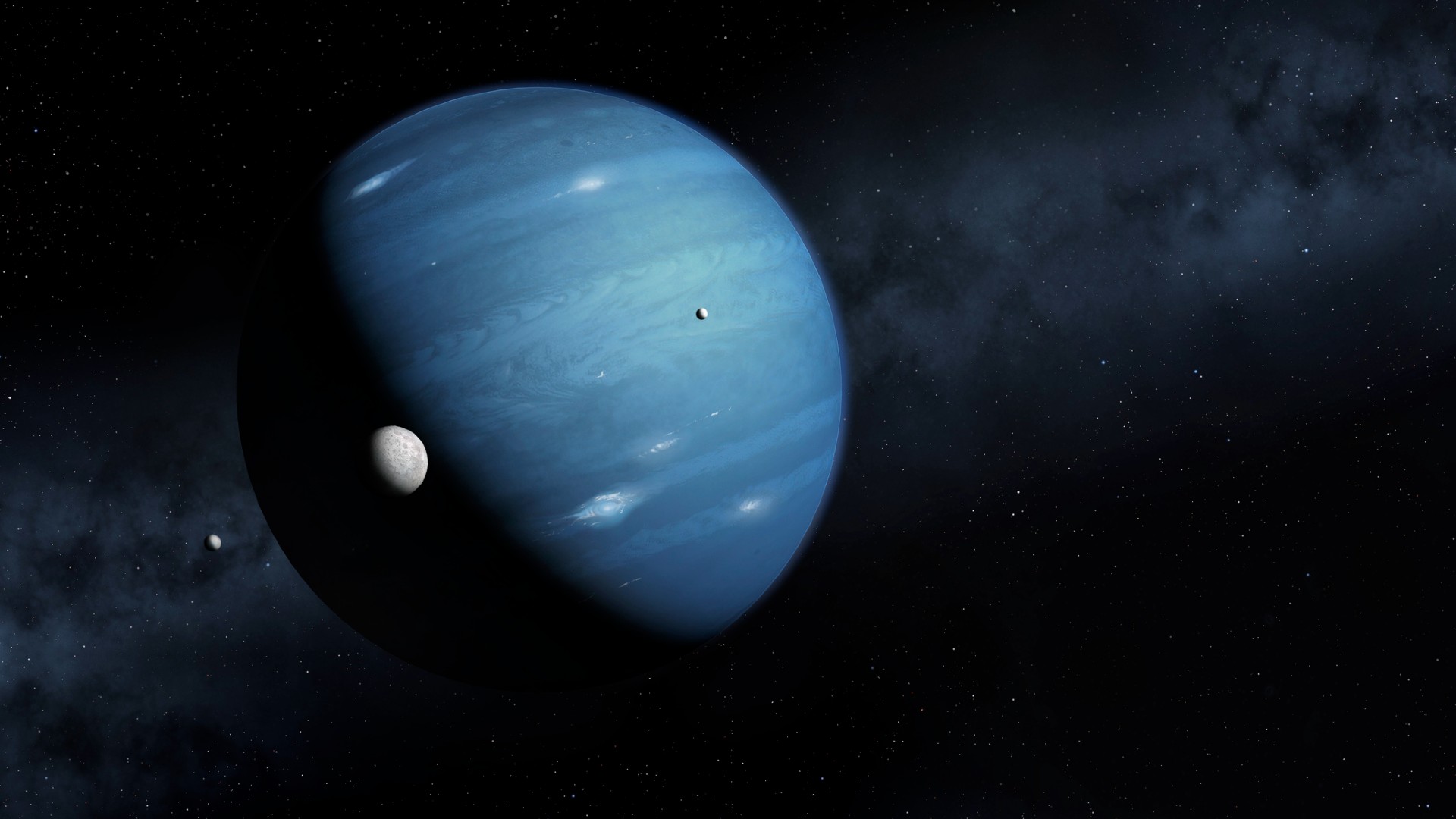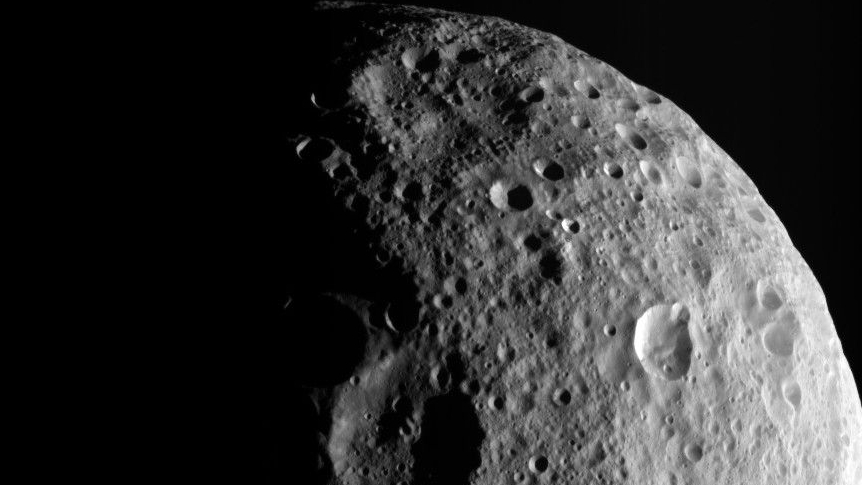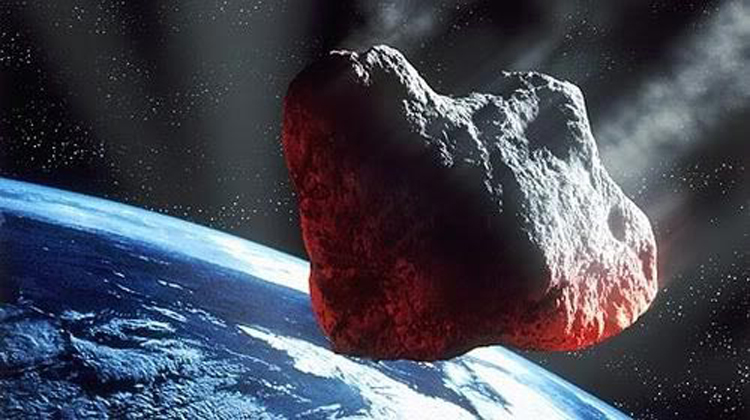
The U.S. government shutdown may have taken NASA's asteroid-warning Twitter feed offline, but it shouldn't affect the search for potentially hazardous space rocks much, scientists say.
NASA announced Monday (Sept. 30) that the Near Earth Object Office at the space agency's Jet Propulsion Laboratory in Pasadena, Calif., won't be sending out tweets from its @AsteroidWatch account during the government shutdown, which went into effect at midnight EDT today (Oct. 1).
But efforts to spot asteroids that could pose a threat to our planet — such as the Arizona-based Catalina Sky Survey, which has found the majority of new near-Earth objects for the past several years — should keep working normally for some time to come. [Potentially Dangerous Asteroids (Images)]
"The detection stuff is still going on," said Tim Spahr, director of the Minor Planet Center in Cambridge, Mass., the world clearinghouse for information about newly discovered asteroids and comets.
While most major asteroid-hunting projects in the United States are funded by NASA, they receive the grant money in widely spaced increments and so should not be affected by the shutdown unless it drags on for a considerable period of time, Spahr said.
"Those are typically yearly appointments, so you get your yearly allotment of money, and then you forget about it for a year," he told SPACE.com.
The situation is similar for many of the scientists who study the images collected by the Catalina Sky Survey, the Pan-STARRS telescope array and other projects. They rely on already-allocated NASA grant money, but they're not federal employees, so they can continue to work through the shutdown.
Get the Space.com Newsletter
Breaking space news, the latest updates on rocket launches, skywatching events and more!
Most of the NASA workforce, on the other hand, is sitting home today. The shutdown — which resulted when the Senate and the House of Representatives failed to agree on an emergency spending bill — has forced the agency to furlough all but 550 or so of its 18,000 employees.
NASA has also ceased most of its operations, with the exception of efforts required to protect human life and property. The space agency is continuing to support the astronauts aboard the International Space Station, and it's maintaining currently operating scientific spacecraft.
But missions that have yet to leave the ground are in limbo for now. For example, preparations for the planned Nov. 18 launch of NASA's Mars Atmosphere and Volatile Evolution probe, or Maven, are currently frozen.
A slight delay wouldn't be a big problem for Maven, whose launch window extends until Dec. 7. But if the probe doesn't get off the ground by then, it will have to wait 26 months for the next favorable alignment of Earth and the Red Planet.
Follow Mike Wall on Twitter @michaeldwall and Google+. Follow us @Spacedotcom, Facebook or Google+. Originally published on SPACE.com.
Join our Space Forums to keep talking space on the latest missions, night sky and more! And if you have a news tip, correction or comment, let us know at: community@space.com.

Michael Wall is a Senior Space Writer with Space.com and joined the team in 2010. He primarily covers exoplanets, spaceflight and military space, but has been known to dabble in the space art beat. His book about the search for alien life, "Out There," was published on Nov. 13, 2018. Before becoming a science writer, Michael worked as a herpetologist and wildlife biologist. He has a Ph.D. in evolutionary biology from the University of Sydney, Australia, a bachelor's degree from the University of Arizona, and a graduate certificate in science writing from the University of California, Santa Cruz. To find out what his latest project is, you can follow Michael on Twitter.
